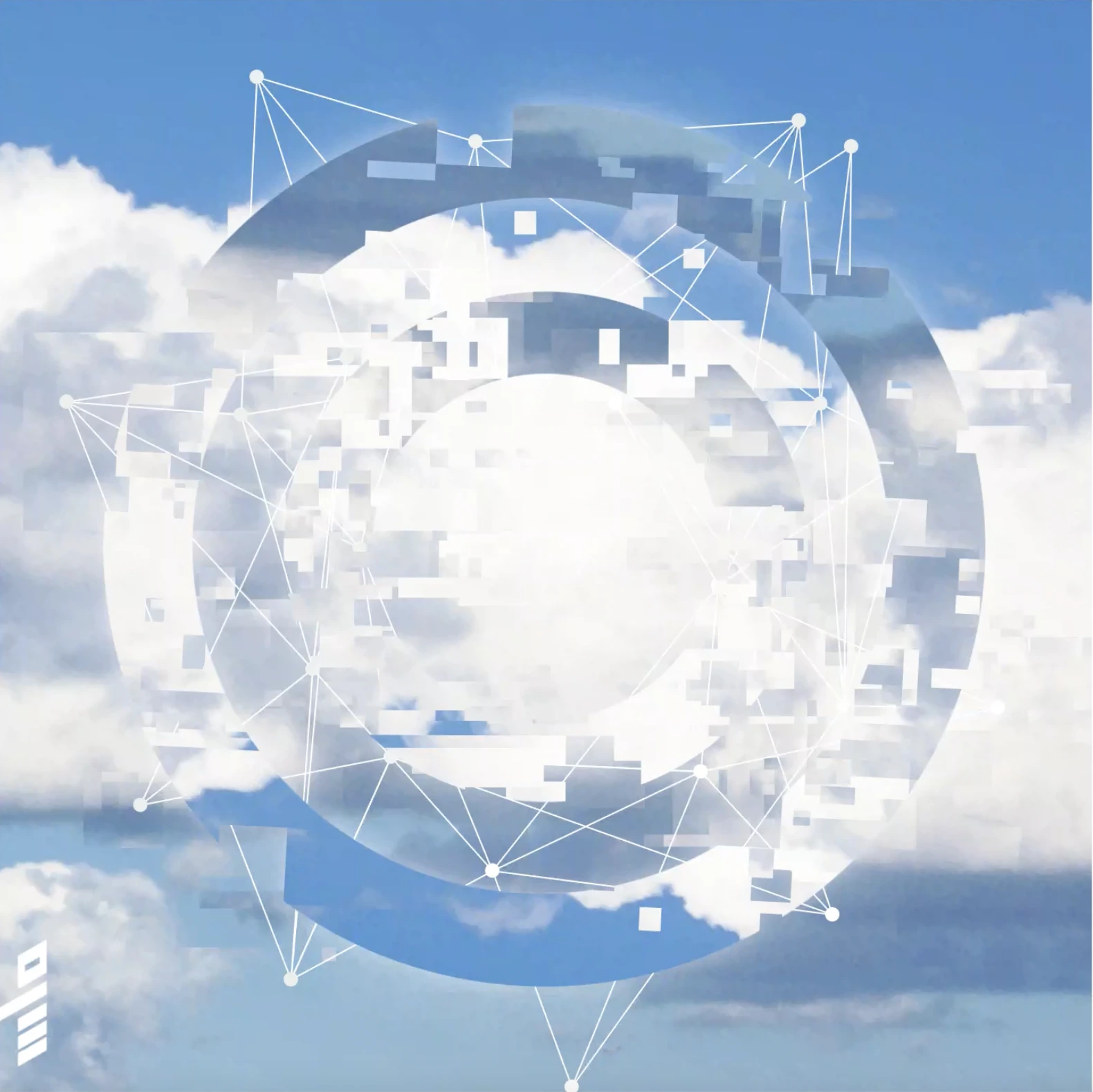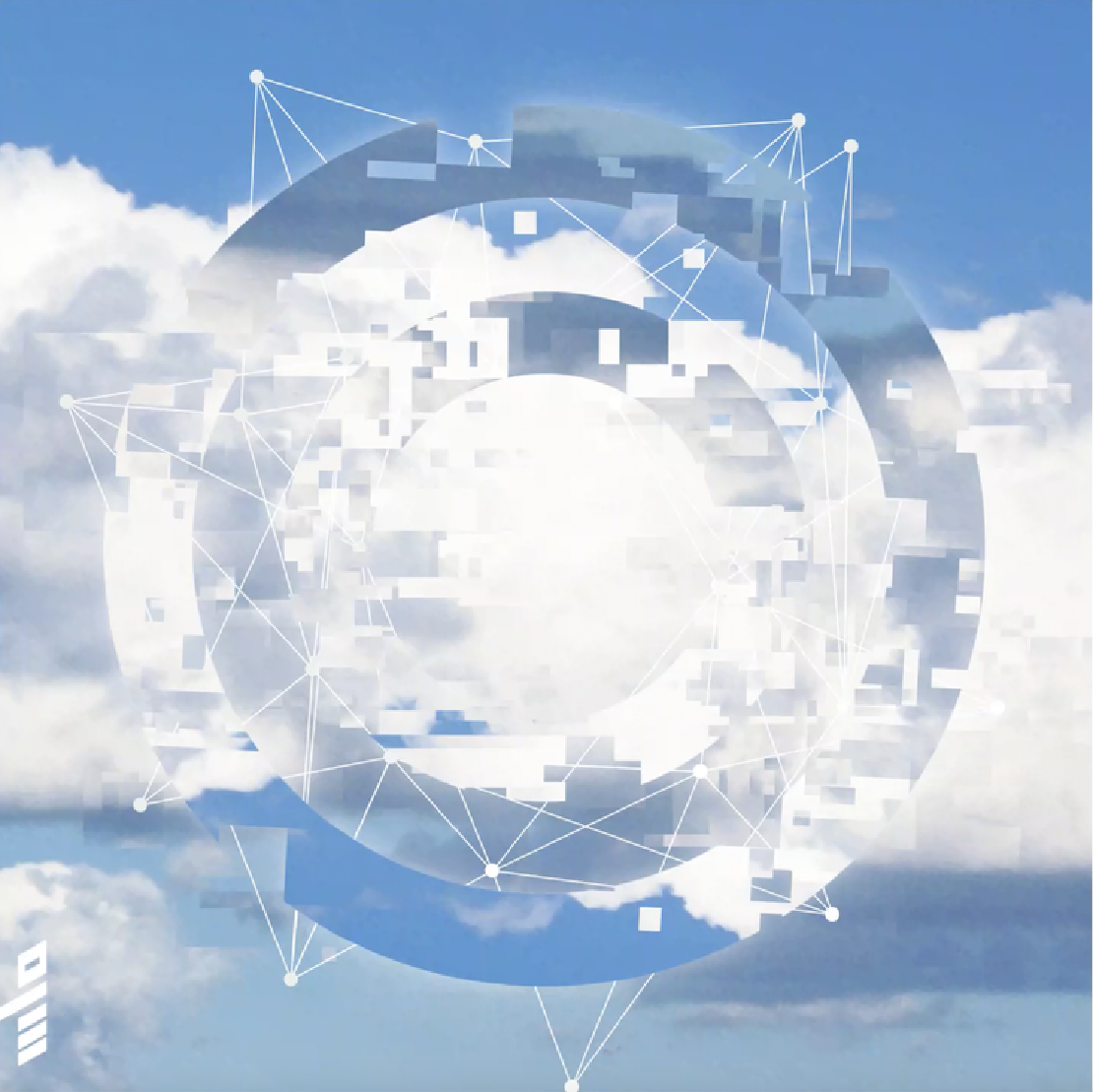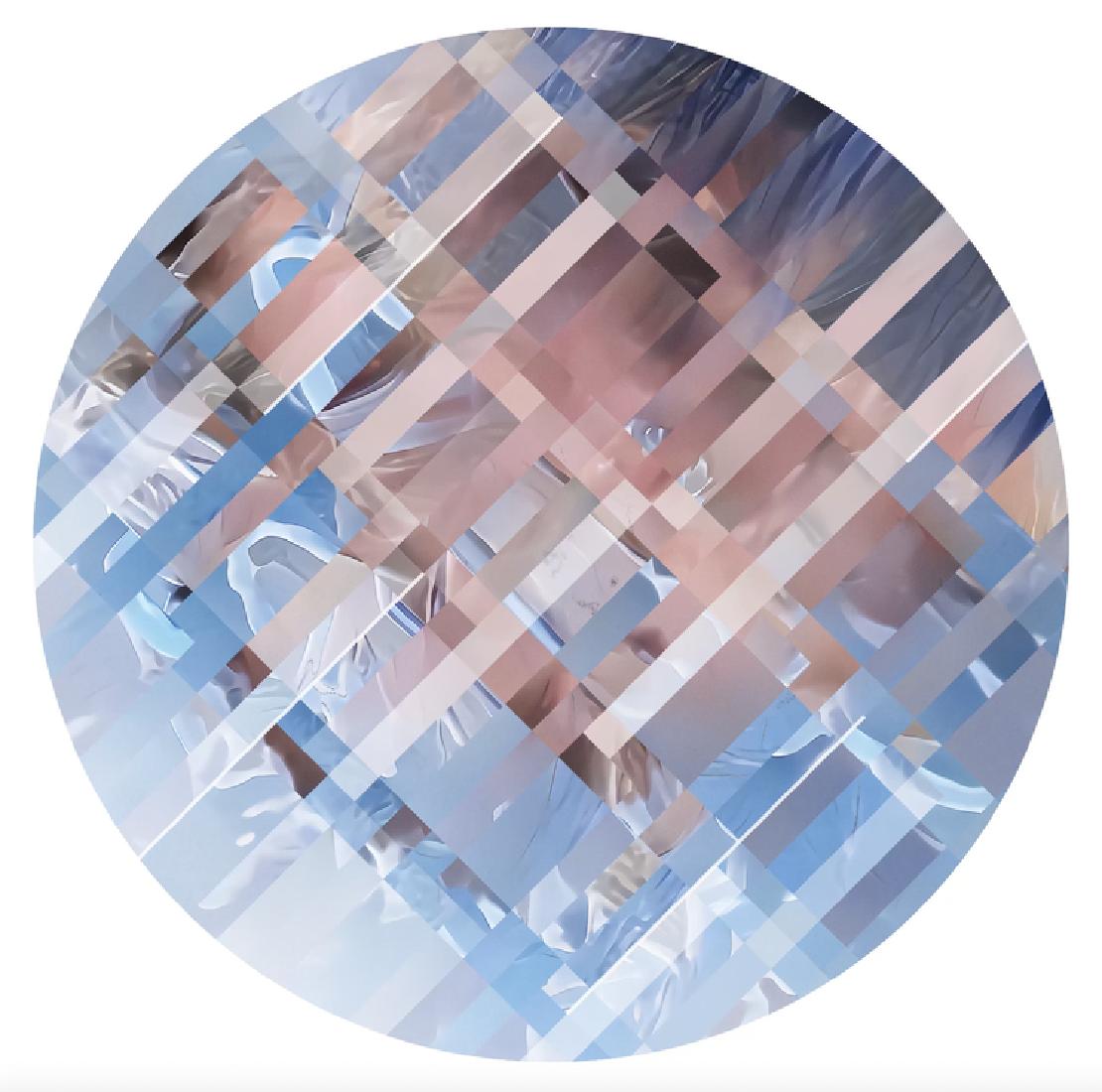“Cloud Artist” Martin Lukas Ostachowski Uses Playform to Explore the Connection Between Blockchain and Clouds

Martin Lukas Ostachowski is an artist based in Canada who explores geometric abstraction and minimalism using physical and digital languages through the use of technologies like blockchain.
May 27, 2021
”Geometric abstraction, minimalism and the use of technology are constants in my visual narrative. My paper paintings combine traditional with modern arts and crafts processes such as weaving, hand-cutting and laser-cutting, and embrace technology to varying degrees. I experiment with digital and generative art such as algorithm-based visualizations through different technologies, in which the blockchain plays a significant role.
My main art subject, as well as “medium,” are clouds. Their continuous transformation in the sky has been fascinating to me as a traveller for a long time. Since I was four, I have always been captivated by clouds, be it as a frequent flyer for work or when traveling for personal reasons. I started observing, photographing and recording cloud formations, specifically through the window of an airplane. Their aesthetics, combined with their deep symbolism throughout cultures and time, is a constant source of inspiration I explore through a wide range of physical and digital mediums.”


Playform Studio Manager Mirabelle Alan sat down with Martin to discuss his use of Playform in his artistic practice. Read on for a Q+A with the artist.
Playform: You’re identified as as artist who “explores geometric abstraction and minimalism, using physical and digital languages through the use of technologies like blockchain.” Can you expand more on this?
Martin: In general I always found that artists should always use the tools they have at their disposal. I think it’s interesting to use tools that are mixing the traditional and the modern. So before I started with blockchain, I used industrial processes; for instance I would laser cut sheets and then weave into them, or I would paint and then use augmented reality on that painting. I’ve always tried to play with elements which are both traditional and modern, I think that contrast in general in all aspects of life brings freshness. Contrast plays a large role in my art. I used to always like fine lines and clear contours, and then I began working with the idea of clouds.
P: You’re experimenting with concepts of clouds and blockchain technology in your work, and specifically the ways in which they both juxtapose and reflect one another. Both share a meditative quality, but they’re also complex at the same time. Do you think that’s true and reflective in your work?
M: Absolutely. I have a very personal relationship to travel and flying. I feel incredible at airports, I feel good when I’m on the flight. I moved a lot in my life, so the constant in my life has always been the sky. You don’t have to have this strong connection to a place anymore, and this kind of concept is also reflective in Blockchain that is always in transition.
P: How did you begin your path as an artist?
M: I’ve always had interest in art, I used to make paintings for my apartment or family, but it was never a big presence in my life until I moved to Canada. When I moved here, it felt like a fresh start, as an immigrant all the cards are shuffled. Everyone is from everywhere, and it gives you the liberty to start new. I began to really focus on art in 2014, working towards exhibitions and building my resume.
P: And how did you begin with digital art, and then following that - where did Playform come into the mix?
M: So I’ve always used digital tools to create mockups and sketches, to play with compositions and colors. Following very long processes, I don’t commit to a piece physically until I can mock it digitally. So then I realized through creating these digital sketches that I didn’t just have to use digital tools for mockup purposes, but what if I focused on using it for the final product. So it was a transition, basically from the concept stage to a more prominent space. I began exploring, incorporating photographs and videos of clouds into my work, and I wanted to incorporate it more and more. But coming from painting and photography, transitioning to digital art was different. I am a perfectionist in a lot of ways, and I was coming from perfect straight lines, geometric shapes. I had a really hard time with not having absolute meticulous perfection in my pieces, but over time I learned that these little errors, they might actually add character to the work. I realized that I needed to find a way to experiment further, and this is where Playform came in.
P: Has Playform expanded or shifted your art practice in any way?
M: Yes definitely, in general my process is very iterative; I work in iterations to see if things change or evolve. If I’m working with one specific concept, like clouds, using Playform has really nurtured this iterative approach for me. I can train the model, I can tweak it, I can mix it with something else, and I can input that back in again and modify it.